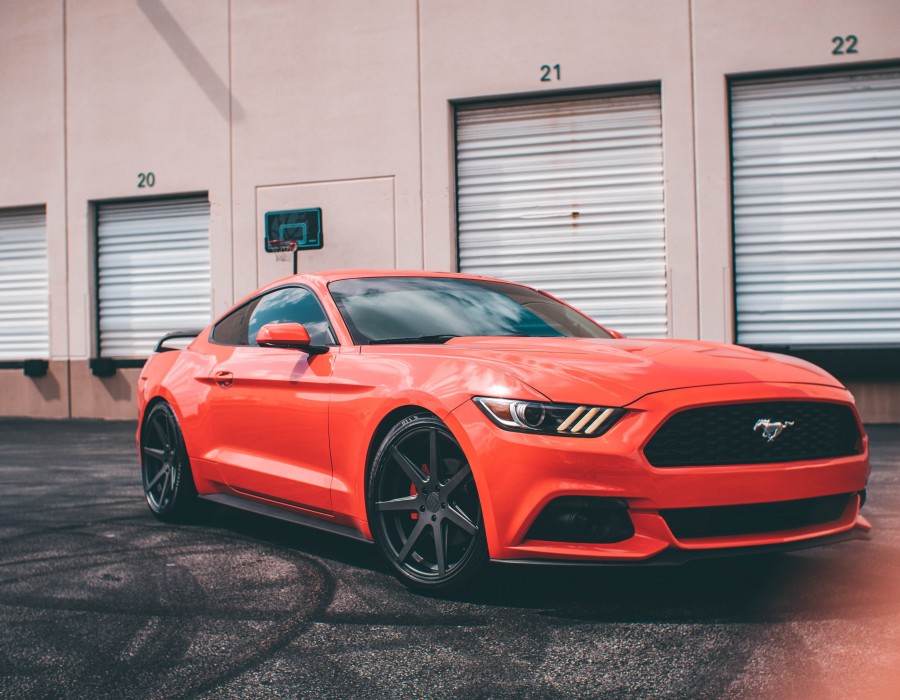Well before World War II, American automakers as well as automakers from several European countries had started to produce extremely fast and powerful cars. Certainly, that concept was not strange at that time, however these cars were particularly expensive and suited for the high end clientele who had a great need for speed. As the 1950s and 1960s approached, manufacturers started to put out what they referred to as muscle cars, which were high powered, high acceleration vehicles that provided the same power as the high end models made previously, except they were at a much more affordable price
Ironically, if you wish to own a muscle car today, you need to be prepared to pay about the same price as you would for a European sports cars or more. Since many of the popular muscle cars are no longer in production, they are pretty rare, and thus quite expensive. As an example, a mint condition 1970 Chevelle can cost upwards of $50,000 or more. A rare 1970 Superbird, even one that needs reconditioned, can sell for $100,000 or more. This is because only 2,000 of these models were ever produced.
Often times, the difference between owning a sports car today and a muscle car isn't about the cost, but the preference of the owner. If someone wants a sleek, low profile car that catches people's eye, and exudes class and distinction, they would probably opt for a sports car. Those who love the raw power and looks of a muscle car, will be more than happy to pay a similar price for a top of the line model of their choice.
In the end, there will always be debate about sports cars vs. muscle cars. Some people will tell you that they all belong in the same category, while others will vehemently deny these cars should ever be classed together. In reality, all that matters is that the car you buy makes you a happy and proud owner. Hopefully it is One that you will want to show off and is the apple of your eye, even ten years after you bought it!





Comments